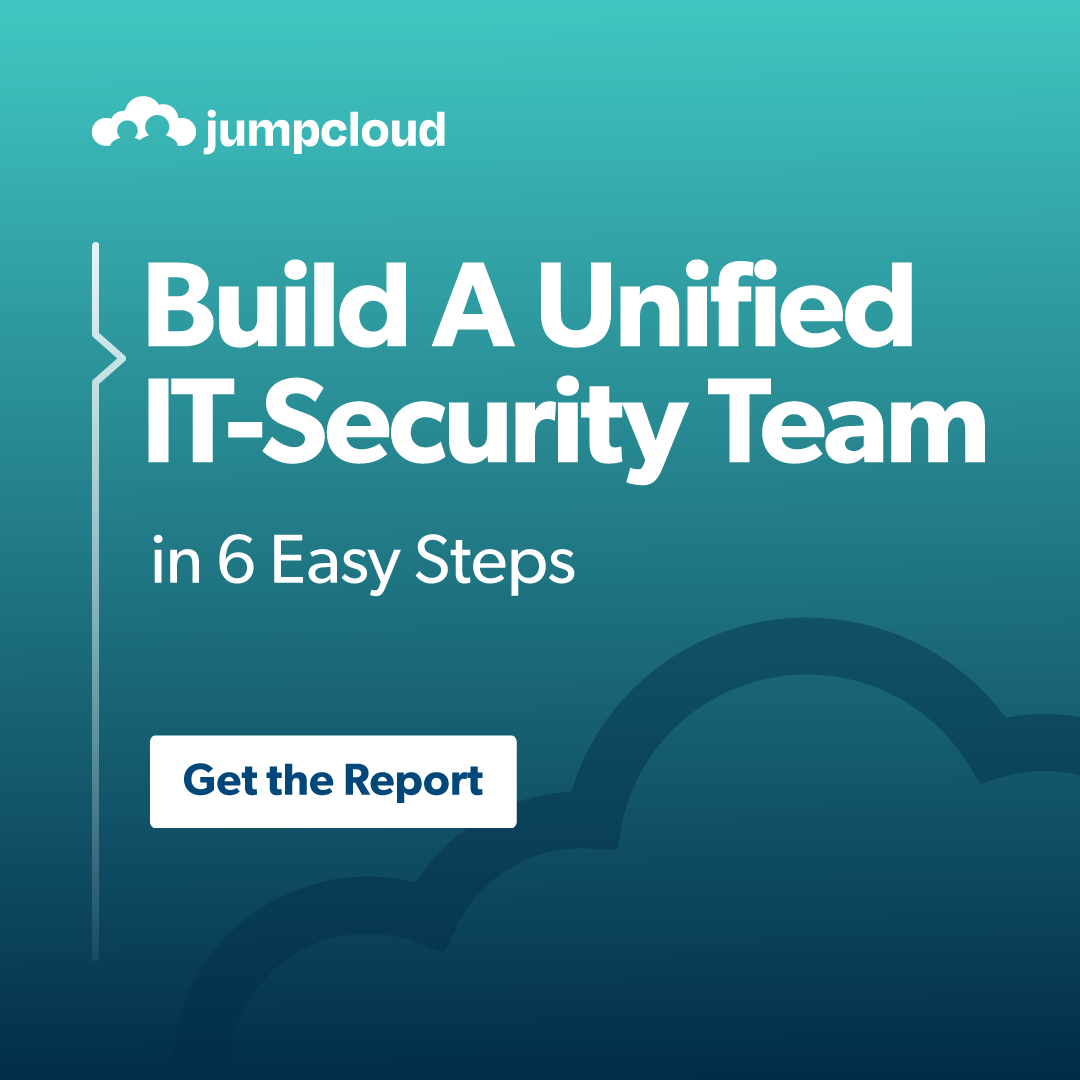Updated on August 11, 2025
Privileged Access Management (PAM) has become a vital tool in modern cybersecurity. However, the rise of advanced threat actors and the continual growth of hybrid IT environments have exposed the limitations of traditional “always-on” privileged access. Enter Just-in-Time (JIT) Privileged Access Management (PAM), an innovative solution to securing your organization’s sensitive systems and data.
This blog will demystify JIT PAM by explaining its core concepts, how it works, key features, and real-world applications, and how it aligns with the principles of Least Privilege and Zero Trust.
What is Just-in-Time (JIT) PAM?
Just-in-Time Privileged Access Management is a security practice that grants users elevated privileges to systems or resources only for a limited duration and strictly when needed to perform a specific task. Once the task is completed or the predefined time expires, these privileges are automatically revoked.
JIT PAM follows important tenets like the Principle of Least Privilege (PoLP) and the Zero Trust framework. The goal is to minimize standing privileges (permanent or always-on access) that could be exploited by malicious actors. Instead, it employs temporary, task-specific access to secure critical resources.
Core Concepts of JIT PAM
- Privileged Access Management (PAM): PAM secures, manages, and monitors privileged access to systems to prevent unauthorized access and limit the attack surface.
- Principle of Least Privilege (PoLP): This principle ensures users only have the minimum access necessary to perform their roles.
- Zero Trust: A security model that assumes no user or system, inside or outside the network, is trusted by default. Every access request must be explicitly verified.
- Standing Privileges: Persistent elevated access rights that can become a liability if compromised, often targeted by attackers.
- Time-Bound Access: Ensures elevated privileges are valid only for a limited and necessary duration.
- Task-Specific Access: Privileges tailored to the exact requirements of the task, reducing the risk of excessive access.
- Ephemeral Accounts: Accounts that are created for one-time use and automatically deleted after the task is complete.
- Temporary Elevation: Example includes temporarily granting admin rights to a user for a specific task.
- Access Request Workflow: A structured process where users request elevated access, which is evaluated and either approved or denied.
- Automated Provisioning and De-provisioning: Automated mechanisms for granting and revoking access, ensuring efficiency and security.
How JIT PAM Works
JIT PAM involves several steps to ensure efficient and secure privileged access. Below is a typical workflow illustrating how a JIT PAM solution operates.
1. Request for Access
The user identifies the need for elevated privileges to perform a specific task. They initiate an access request through the PAM solution, often providing information such as task description, required privileges, and estimated time.
2. Policy Evaluation and Approval
The request undergoes evaluation against predefined security policies, which include criteria like user roles, justifications, time of access, and location. This process may involve automated checks or, in high-risk scenarios, oversight from a security administrator.
3. Temporary Privilege Granting
Once approved, the JIT PAM solution dynamically grants the necessary privileges, which may include one of the following methods:
- Temporary Elevation: Elevating the user’s privileges for a limited duration.
- Ephemeral Account: Provisioning a one-time-use account for the task, which is deleted after use.
- Dynamic Credential Generation: Temporary credentials (e.g., SSH keys, vault passwords) are created and used for access.
4. Task Performance
The user utilizes the granted privileges to perform the required operations within the previously approved time window.
5. Automated Privilege Revocation
When the task is completed or the time limit expires, the PAM solution automatically revokes the elevated privileges, disables the ephemeral account, or deletes the temporary credentials.
6. Auditing and Logging
All activities during the privileged session are continuously monitored, fully logged, and made available for analysis or audits. Session recordings can also provide critical forensic insights during incident investigations.
Key Features and Components of JIT PAM
- Automated Access Request and Approval Workflows: Streamlines the process of requesting and granting temporary access.
- Granular, Time-Bound Privilege Granting: Limits the duration of elevated privileges to reduce the risk of misuse.
- Dynamic Credential Provisioning/Rotation: Provides temporary credentials that are automatically rotated or deleted.
- Policy-Based Access Control (RBAC, ABAC): Enforces rules based on the user’s roles, attributes, and context.
- Real-Time Monitoring and Auditing: Tracks all privileged activity to ensure compliance.
- Integration with IT Ticketing Systems and Identity Providers (IdPs): Simplifies workflows by integrating with existing IT ecosystems.
- Session Recording and Analytics for Forensics: Records privileged sessions to support investigations and incident response.
- Alignment with PoLP and Zero Trust: Ensures access is limited and conditional, supporting strong security.
Use Cases and Applications
Emergency “Break Glass” Access
During a critical incident, JIT PAM allows security teams to grant immediate and tightly controlled access that expires after the incident is resolved.
Third-Party Vendor Access
JIT PAM solutions facilitate secure, time-limited, and monitored access for external contractors or vendors managing sensitive systems.
DevOps Environments
Temporary privileges are granted to developers and engineers for specific tasks on production systems, ensuring secure access without standing admin rights.
Cloud Infrastructure Management
Secures access to cloud resources by granting time-bound permissions to AWS IAM roles, Azure subscriptions, or equivalent services.
Compliance and Audit
Provides comprehensive audit trails for privileged access activities, ensuring compliance with security regulations like GDPR, CCPA, and HIPAA.
Reducing Attack Surface
By minimizing the window of opportunity for exploits, JIT PAM reduces the chances of attackers misusing standing privileges.





